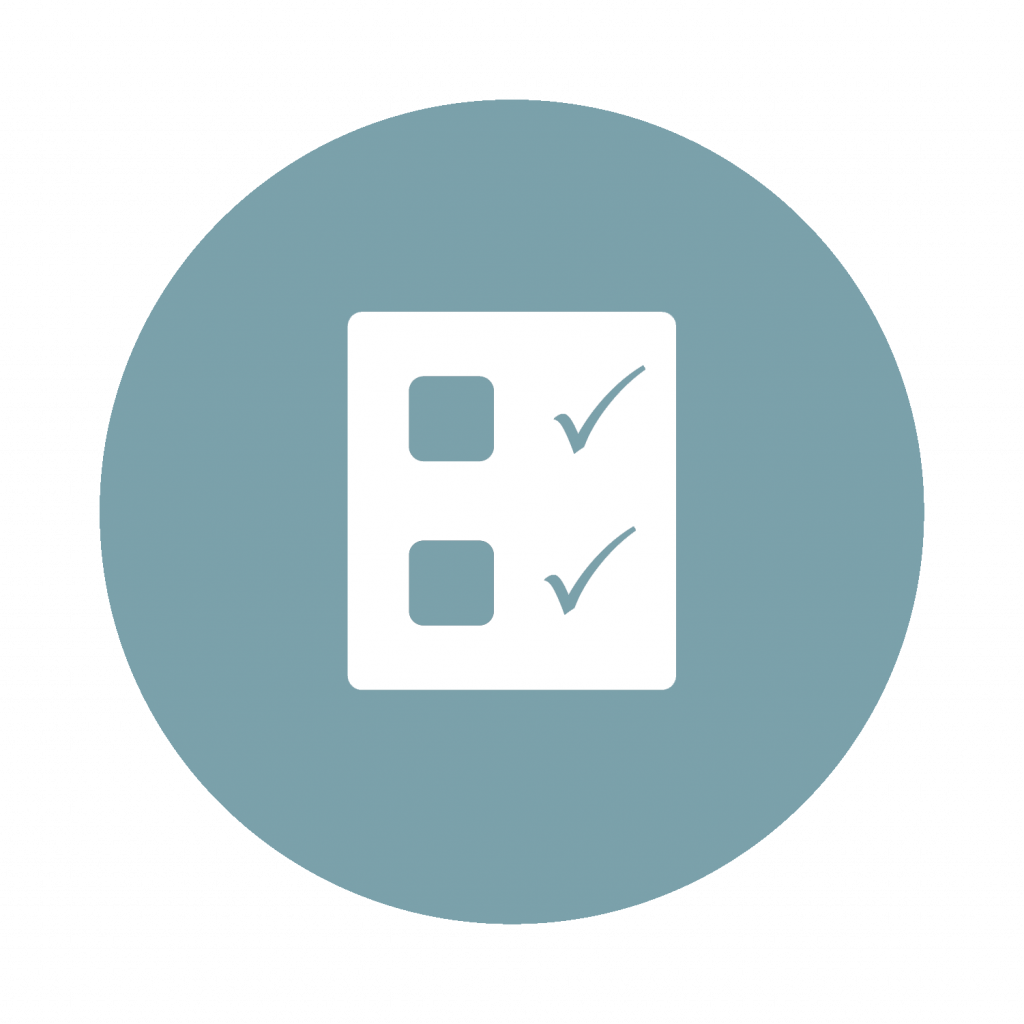1.5 Key Takeaways, Knowledge Check and Key Terms
Key Takeaways
 In this chapter, we learned that:
In this chapter, we learned that:
- Conflict occurs in interactions in which there are real or perceived incompatible goals, scare resources, or opposing viewpoints.
- Conflict will inevitably occur and isn’t inherently good or bad. Conflict is a process that requires our time and energy. We can choose to be proactive and address conflict in functional ways. Conflict is as much about a relationship as the content of the conflict itself.
- Conflict may be marked by disputes, competitions, and/or interpersonal violence. However, conflict does not need to be adversarial, competitive, and/or violent.
- There are several views of conflict. In the traditional view, conflict is always bad and should be avoided. According to the human relations view, conflict can be helpful if it is harnessed efficiently. Finally, the interactionist view of conflict notes that conflict can be a challenge or benefit, depending on its characteristics.
- Conflict can occur at different levels: within individuals, between individuals, between groups, and between organizations. Additionally, we need to consider that conflict within these various levels can be further impacted by differences in power.
- The four types of conflict are: goal conflict, cognitive conflict, affective conflict, and behavioral conflict.
- There are many potential sources of conflict in the workplace including organizational structure, limited resources, task interdependence, incompatible goals, personality differences, and communication problems.
- When faced with conflict, we have many choices on how to respond. These approaches be active or passive and constructive or destructive.
- Depending on its characteristics, a conflict in the workplace can provide benefits or challenges to the performance of individuals, groups, and organizations.
- Students can benefit from this information now by building their knowledge, mindset, and skillset surrounding the nature of conflict and how to manage it.
Knowledge Check
 Review your understanding of this chapter’s key concepts by taking the interactive quiz below.
Review your understanding of this chapter’s key concepts by taking the interactive quiz below.
Key Terms
Seen in situations where two individuals simply don’t get along with each other. See section 1.2 Levels and Types of Conflict
Exists when one person or group does something that is unacceptable to others. See section 1.2 Levels and Types of Conflict
Can result when one person or group holds ideas or opinions that are inconsistent with those of others. See section 1.2 Levels and Types of Conflict
A rivalry between two groups or two individuals over an outcome that they both seek. In a competition there is a winner and a loser. See section 1.1 Conflict Defined
Conflict occurs in interactions in which there are real or perceived incompatible goals, scare resources, or opposing viewpoints. See section 1.1 Conflict Defined
is a disagreement between parties. Typically, a dispute is adversarial in nature. See section 1.1 Conflict Defined
Goal conflict can occur when one person or group desires a different outcome than others do. This is simply a clash over whose goals are going to be pursued. See section 1.2 Levels and Types of Conflict
Usually involves disagreements between two opposing forces over goals or the sharing of resources. See section 1.2 Levels and Types of Conflict
Disputes between two companies in the same industry, two companies in different industries or economic sectors, or two or more countries. See section 1.2 Levels and Types of Conflict
Where two individuals disagree on some matter. such as coworkers, a manager and an employee, or CEOs and their staff. See section 1.2 Levels and Types of Conflict
interpersonal violence involves acts of aggression such as an intent to harm or actual physical or psychological harm to another or their property. See section 1.1 Conflict Defined
Intrapersonal conflict is a conflict within one person. In the workplace, this is often the result of competing motivations or roles. See section 1.2 Levels and Types of Conflict

 Key terms from this chapter include:
Key terms from this chapter include: